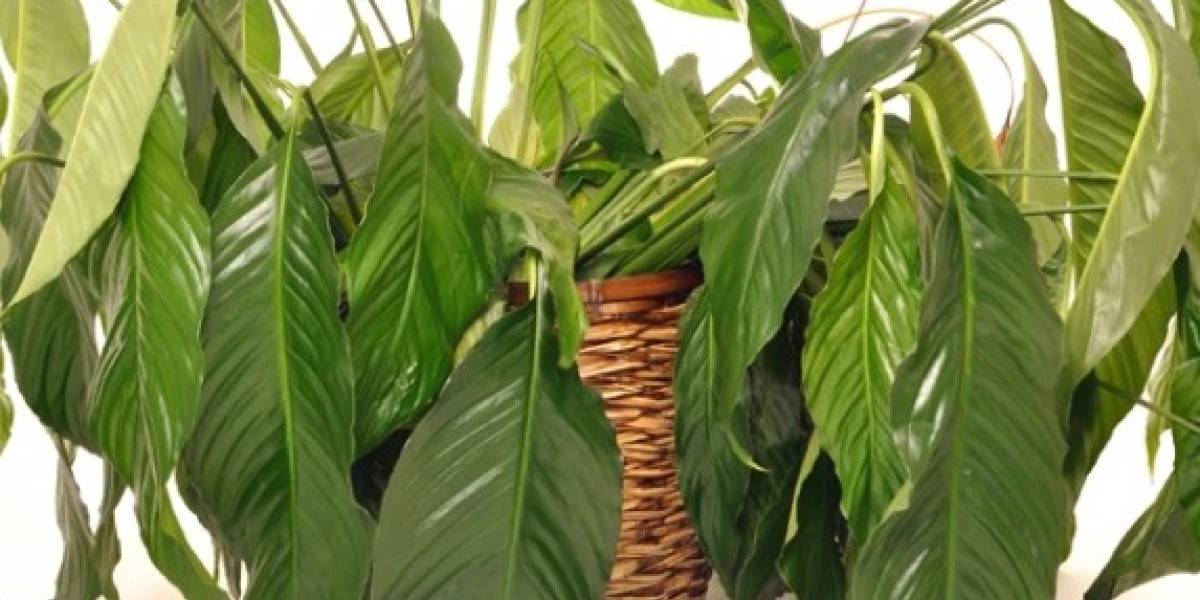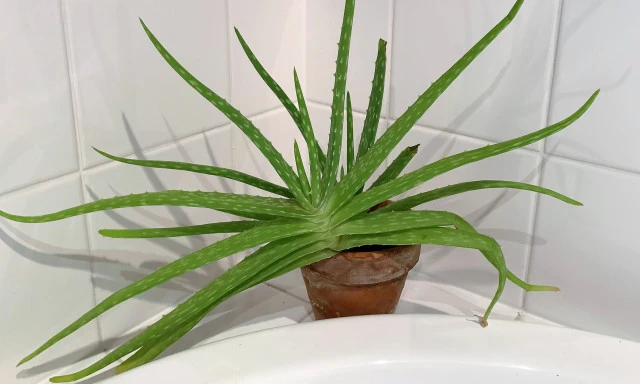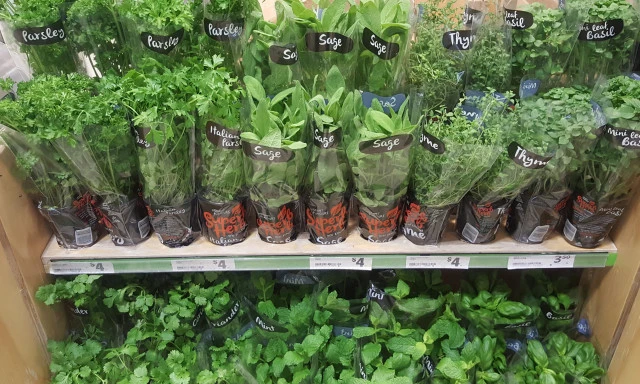Why is the Houseplant Wilting?
There are three common causes of indoor houseplants wilting.
- Too little water; the roots have dried and the plant loses turgor (water pressure within the plant) as water evaporates from the leaves.
- Too much water; overwatering and waterlogged soil can leave the roots unable to get oxygen; without oxygen, the roots lose their ability to function properly and uptake water and nutrients. The plant then loses turgor and wilts.
- Root Rot; often as a result of overwatering (2) the roots of plants become infected with root rot disease so that even when the overwatering is corrected the infected and damaged roots are unable to function normally and uptake water. The plant continues to lose turgor and wilts.
Symptoms of root rot include:
a. The plant slowly wilting,a. The plant slowly wilting,
b. Leaves turning yellow,
c. Black mushy roots - remove the plant from the soil and feel the roots. The roots affected by root rot will look black and will feel mushy.
d. Roots breaking away easily - affected roots may fall off the plant when you touch them. Healthy roots may be black or pale, but they will feel firm and pliable.
How to Solve the Problem and Save Your Plants
Identify which of the three causes has made your plant wilt.
- If the soil surface is dry and the plant has not been watered recently give it water. Use the Gro-Sure Houseplant Watering Indicator to tell you when to water and when not to water. If the root ball has become very dry it may become water repellent and difficult to wet it fully again by normal watering from above. In such a case, where possible, set the pot in a bucket or tray of water and let the root ball absorb water from underneath for several hours. Then remove it from the bucket/tray and let it drain before putting it back in position.
If the tips and/or edges of leaves are going brown this suggests the humidity in the room is too low (the room is too dry). In such a case mist the leaves regularly with water, Gro-Sure Houseplant Mist'n'Feed or Orchid Mist'n'Feed. - If the soil is wet and you suspect the plant has been over-watered, ensure the drain holes in the bottom of the pot are clear and let any excess water drain into a sink. If you can easily remove the plant and its root ball from the pot this will help drain the root ball. Do not leave it out so long as to let the root ball dry out. Once the pot and root ball have drained fully replace it and make sure the pot is placed on a surface or tray that allows excess water to drain away if it is over-watered again.
Do not water the plant until the soil surface is dry. Many plants such as peace lilies and cyclamen are best watered only when they begin to wilt from lack of water.
The Gro-Sure Houseplant Watering Indicator takes all the guesswork out of watering; water when it shows red and don't water if it shows blue. - If you suspect root rot, remove the plant from the pot and check the roots, if they are black, mushy and falling away they are badly affected and need cleaning and surgery (see a).
If you cannot easily remove the plant from the pot or the roots are still firm and do not seem heavily infected, you can try to cure them with root rot ‘medicine’ (see b).
a. Heavy root rot infection:
- Gently wash the soil off the roots under a cold tap.
- Use a clean, sharp pair of scissors/secateurs to cut away all the remaining affected roots.
- If you have to remove more than 1/3 of the roots then clean the scissors/secateurs with dilute bleach or methylated spirit and prune the top of the plant to remove 1/3 to ½ of the leaves.
- Make up a solution of Kiwicare PLANThealth Fungus Control and lightly spray the leaves (you may want to take the plant outdoors to do this or protect areas around the plant indoors).
- Dip the roots in the remaining solution.
- Re-pot the plant in fresh potting mix and water well with the remaining PLANThealth Fungus Control solution.
- Leave to drain fully and then replace the plant in an ideal position regarding heat and light, based on the type of plant.
- Do not water the plant until the soil surface is dry.
b. Light root infection (or where the plant cannot be lifted out of the pot):
- Ensure the root and pot has been drained of any excess water. If possible leave the pot and root ball dry out for several days; the soil surface should feel completely dry.
- Use Kiwicare PLANThealth Fungus Control and lightly spray the leaves (you may want to take the plant outdoors to do this or protect areas around the plant indoors).
- Put the remaining solution of PLANThealth Fungus Control in a pot large enough to fit the plant pot.
- Place the pot in the bucket/tray and leave to allow the solution to soak up into the root ball.
- When the pot has stopped absorbing the PLANThealth Fungus Control solution take the pot out and let it drain.
- Then replace the plant in an ideal position regarding heat and light, based on the type of plant.
- Do not water the plant until the soil surface is dry
4 Don't forget to give your houseplants some fertiliser. Gro-Sure Houseplant Pump'n'Feed, Droplet Feeder, Orchid Pump'n'Feed and Cacti and Succulent Pump'n'Feed make feeding your houseplants the appropriate nutrients easy.
For ongoing care of your indoor plants, you may consider the use of moisture indicators which will tell you when the soil is too dry or too wet.
For more on houseplant care see How to Make Your Houseplant Last


